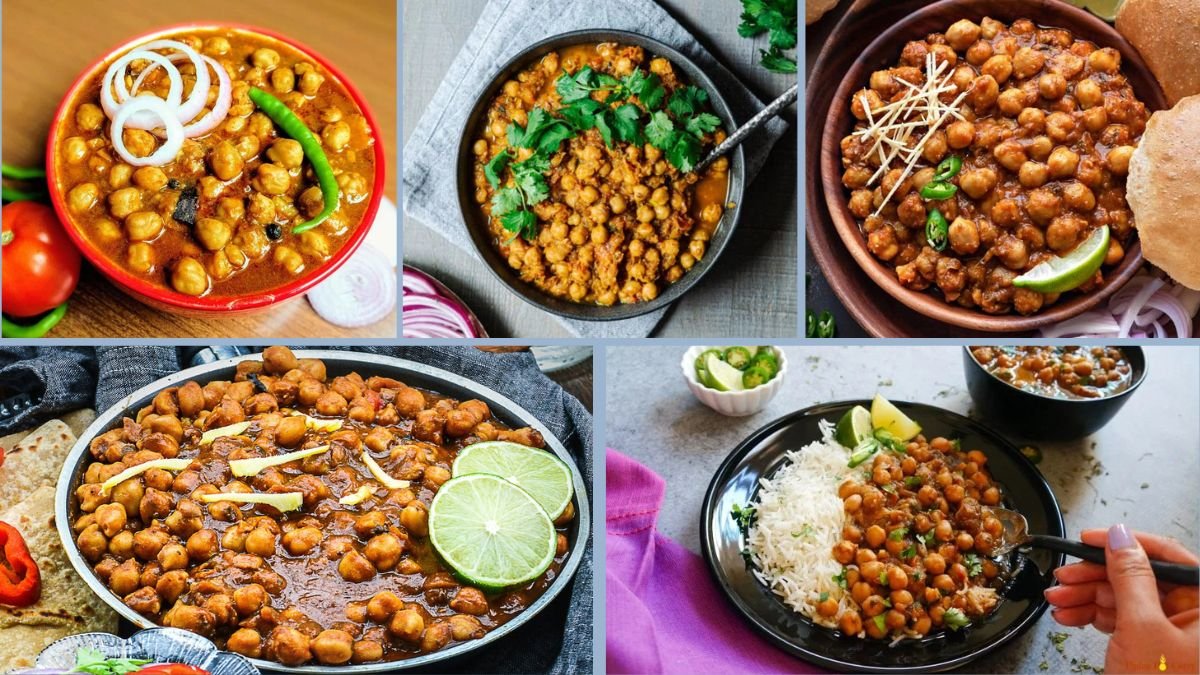When it comes to North Indian cuisine, few dishes can match the popularity and rich flavors of chole (chickpea curry). Served with fluffy bhature, hot puris, or steamed rice, chole is a beloved staple across India. Its hearty texture and aromatic spices make it both comforting and festive.
However, traditional recipes often use generous amounts of oil or ghee to bring depth of flavor, which may not always align with modern health-conscious lifestyles. The good news is that you can prepare chole at home with minimal oil without compromising on taste or authenticity.
This article outlines a 5-step recipe for cooking healthier chole that retains its bold flavors, provides nutritional benefits, and is light enough to enjoy regularly.
Step 1: Selecting and Soaking the Chickpeas
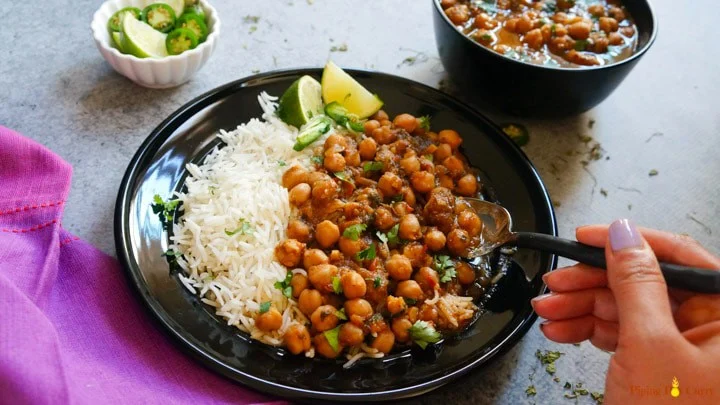
The foundation of a great chole lies in the quality of the chickpeas.
Choosing Chickpeas
- Opt for dried white chickpeas (kabuli chana). They are richer in flavor and texture compared to canned versions.
- Ensure chickpeas are uniform in size and free from stones or debris.
Soaking Process
- Wash chickpeas thoroughly in running water.
- Soak 1 cup of chickpeas in 3–4 cups of water overnight (8–10 hours).
- For softer chole, add ½ teaspoon baking soda while soaking.
Pro Tip: Soaking not only reduces cooking time but also improves digestibility by breaking down complex starches.
Step 2: Pressure Cooking Chickpeas to Perfection
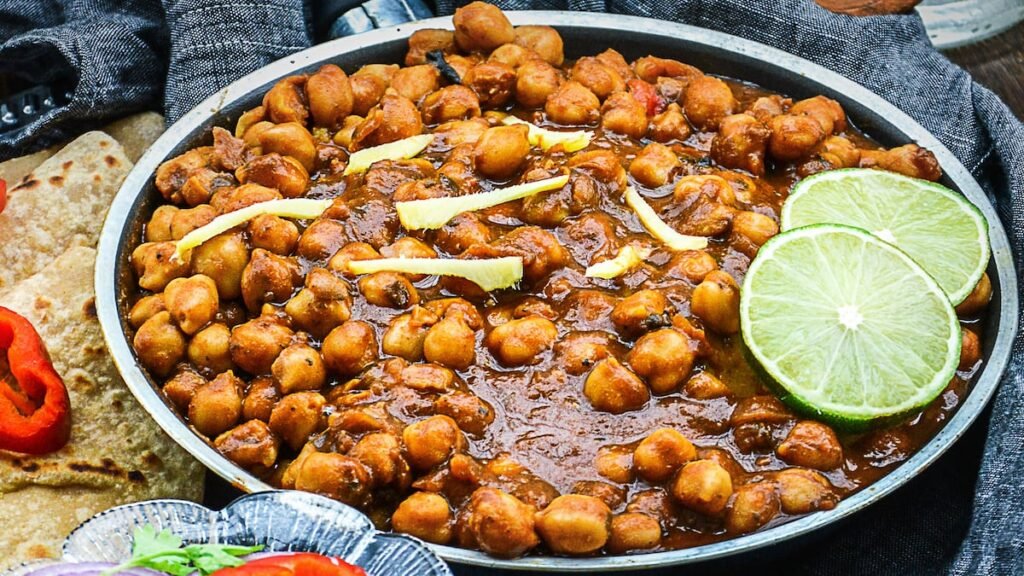
Cooking chickpeas properly is key to achieving the desired texture—soft yet firm enough to hold shape.
- Drain soaked chickpeas and rinse once more.
- Transfer to a pressure cooker with 3 cups fresh water, 1 teaspoon salt, and 1–2 tea bags (or 1 teaspoon loose tea in a muslin cloth). Tea adds a rich, dark color to the chole.
- Cook for 5–6 whistles on medium flame. Allow the pressure to release naturally.
Pro Tip: If you don’t have a pressure cooker, simmer chickpeas in a pot until tender, though this may take longer (1–1.5 hours).
Step 3: Preparing the Low-Oil Masala Base
This step determines the flavor depth of your chole. Traditionally, a lot of oil is used to roast onions and spices, but with the right technique, you can achieve the same result with minimal oil.
Ingredients for Masala
- Onion: 2 medium, finely chopped
- Tomato: 2 medium, pureed
- Ginger-garlic paste: 1 tablespoon
- Green chili: 1, slit
- Spices: cumin seeds, turmeric, coriander powder, red chili powder, garam masala, and chole masala (readily available in Indian stores)
Cooking Method
- Heat just 1–1.5 tablespoons oil in a deep pan.
- Add cumin seeds; once they splutter, add chopped onions.
- Sauté on low flame, adding small splashes of water as needed to prevent burning. This water-oil roasting method reduces oil usage while still caramelizing onions.
- Add ginger-garlic paste and green chili; sauté until raw smell disappears.
- Stir in tomato puree and cook until the mixture thickens and oil (or natural shine) appears.
- Add dry spices: turmeric, coriander powder, red chili powder, and 1 tablespoon chole masala. Roast well.
Pro Tip: The trick to a flavorful masala with less oil is patience—cook onions and tomatoes slowly until they release their natural sugars and richness.
Step 4: Combining Chickpeas with Masala
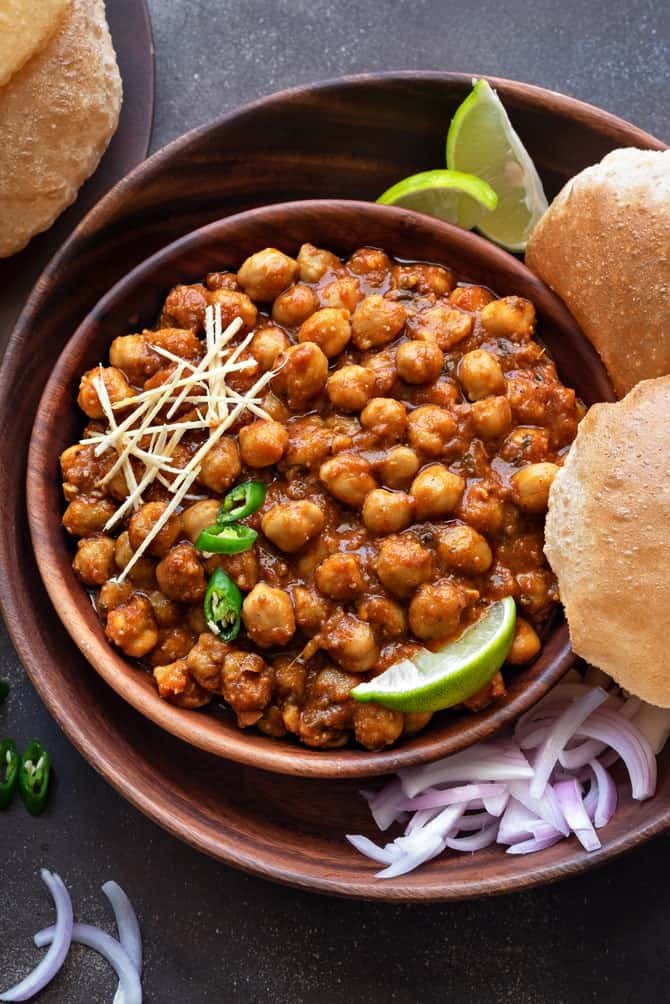
Now it’s time to merge the cooked chickpeas with the prepared masala.
- Add boiled chickpeas (along with cooking water for flavor) into the masala base.
- Mix well and simmer for 15–20 minutes on low flame. This allows spices to penetrate and thicken the gravy naturally.
- If you prefer a thicker consistency, mash a handful of chickpeas with the back of a ladle and stir them back in. This eliminates the need for excess oil or cream.
- Adjust seasoning with salt, and if desired, add a squeeze of lemon juice for brightness.
Pro Tip: Slow simmering is key. It enhances flavor depth without requiring heavy fats.
Step 5: Garnishing and Serving
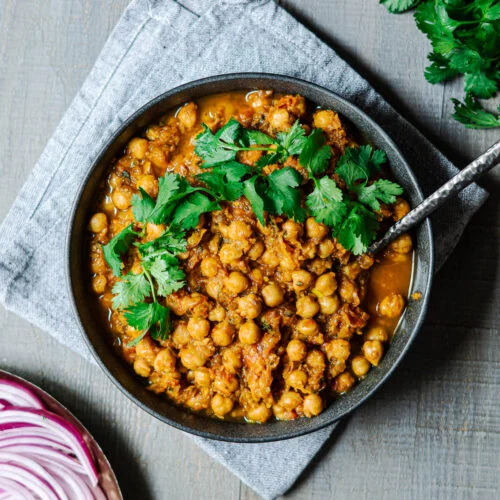
The finishing touch adds freshness and elevates presentation.
- Garnish with freshly chopped coriander leaves and thinly sliced onions.
- Optionally, drizzle with a teaspoon of ghee or butter for aroma (still minimal compared to traditional versions).
- Serve hot with:
- Steamed basmati rice
- Jeera rice (cumin-flavored rice)
- Soft phulkas, puris, or the classic bhature
Pro Tip: Pair with salad (cucumber, onion, tomato) for added crunch and nutrition.
Nutritional Benefits of Low-Oil Chole
By cutting down on oil and using natural techniques, this version of chole is healthier without losing authenticity.
- High in Protein: Chickpeas provide plant-based protein, supporting muscle health.
- Rich in Fiber: Aids digestion and keeps you full for longer.
- Low in Unhealthy Fats: Using minimal oil reduces calorie load without affecting taste.
- Packed with Micronutrients: Iron, magnesium, and folate support energy and immunity.
This makes the dish ideal for health-conscious individuals, weight management, and even diabetic-friendly diets (when paired with whole wheat bread or brown rice).
Common Mistakes to Avoid
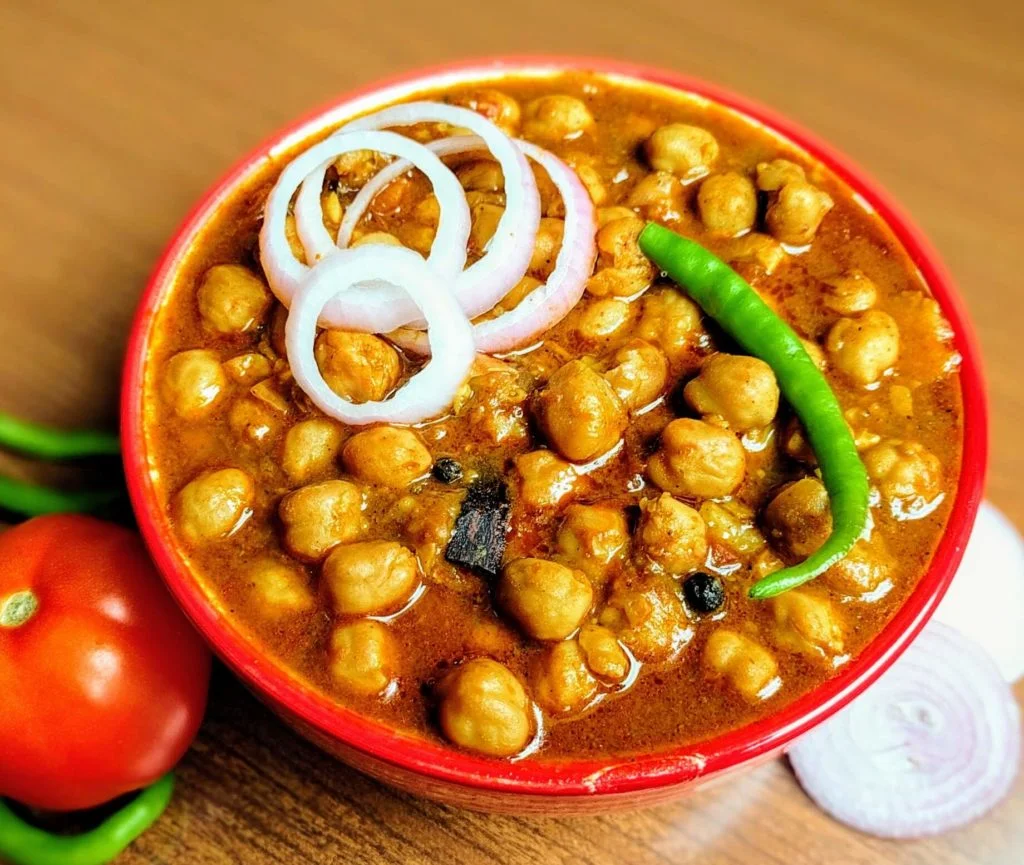
- Insufficient soaking: Leads to hard, undercooked chickpeas.
- Excess oil in masala: Not necessary—water-oil roasting works just as well.
- Rushing simmering: Without slow cooking, flavors won’t fully develop.
- Overuse of spices: Balance is crucial; too much masala can overpower chickpeas.
- Neglecting consistency: Chole should be neither watery nor too dry—aim for medium-thick gravy.
Conclusion
Cooking chole with less oil is not just possible but also delicious and healthier. By following these five steps—soaking chickpeas, pressure cooking, preparing a low-oil masala, combining and simmering, and garnishing—you can achieve a restaurant-style dish at home without unnecessary fats.
This recipe reflects a mindful approach to traditional cooking: keeping authentic flavors intact while adapting to modern dietary needs. Whether served with rice, roti, or bhature, chole made this way is hearty enough for special occasions and light enough for everyday meals.
So, the next time you crave this North Indian classic, remember that indulgence doesn’t always have to be heavy. With the right methods, you can enjoy the bold, comforting taste of chole in a healthier, low-oil avatar—one that your body and taste buds will both thank you for.
